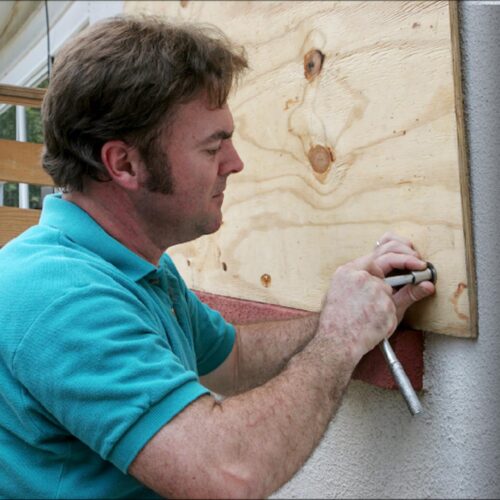In general, fogging and condensation occur due to the rupture of the seal of the double-glazed window, as a result of which moisture remains in the insulating part of the window, which reduces the quality of the double-glazed window. Condensation occurs when moisture in the air comes into contact with a cold surface, such as window glass. During the colder months, condensation is more than likely due to the contact of cold air with the warm surface of window panes.
When cold air meets hot glass, condensation forms and water accumulates in the corners of windows. As the outside temperature drops, you can expect condensation to form on the inside of your windows. Condensation is more likely to form inside a single-glazed window because there is only one sheet of glass separating the inside and outside temperatures. The problem of misted double glazed units is most often associated with the old single glazing, where there is only one glass between the inside and outside.
Essentially, the gasket can be fixed with a repair by simply replacing the gasket on the entire window, but that won’t help with fogging or condensation already inside the glass. This means that you can clean the space between the panes and then install an airtight seal between them and the window will be as good as new. Also, wipe down the windows with a rag to remove any accumulated water on the long seals. If the inside of the window is dirty, the seal is broken and you can clean it, but the window may need to be replaced.
Well, if there is dirt or moisture, then the seal has broken in the window. Once the seal is broken, moisture begins to build up between the panes, giving the windows a milky, misty look. Once inside, the humidity causes condensation which means the windows will cloud up. When condensation forms inside a double thermal glass window (between the two pieces of glass), you know that the seals around the edges are broken, allowing moisture to enter.
Condensation in the thermal window usually indicates a seal failure between the two glass panels and/or saturation of the desiccant. Condensation is harmful because it shortens the life of the window, especially if the sealed unit can be left in a significant amount of water for an extended period of time.
Since a broken seal allows fresh air and water vapour to enter the window space, the problem of condensation simply becomes a function of nature. If condensation, moisture or a large number of water forms between two sheets of glass, it is likely that the gasket is completely damaged. The failure can be caused by condensation inside or outside the glass, which eventually destroys the sealant and fins. When condensation forms between the double-glazed windows, this means that the gasket on the double-glazed window is broken.
What happens is that when sunlight hits the window, the outer pane heats up, absorbing condensation inside the stuck panes. When the sun shines through the window, it heats the air inside the double-glazed window, which collects some of the condensates. When the window surface temperature drops below the outside dew point temperature, condensation forms on the outside.
If the condensate is outside, then there is nothing to worry about, this is just a sign of a change in temperature, and if it is inside the glass, then this is a sign of a seal failure. As mentioned, this usually only happens if the sealed units are high quality or made using low or high-energy efficiency glass, and while there may be a slight problem that your visibility is limited until you light it up, this is a good sign in terms of how good and efficient your windows are.
Despite the nuisance and unwanted occurrence of condensation inside the window itself, if the seal has not failed, it can also mean that you are wasting a huge amount of energy heating your home, as it leaks through the cracks to the outside. As mentioned above, if dirt or condensation gets stuck between beautiful double-glazed windows, then the tightness between them is broken. It is still possible to get condensation in double glazing, but this is more common if they are old and suffer from damaged or worn window seals.
You can remove condensation from misted double-glazed units without replacing windows. Try cleaning foggy windows to remove any deposits or mist that are not condensation on the glass.
Conclusion
If there is moisture between the double-glazed windows and the windows are fogging, it is best to replace the fogged glass. Double-glazed windows can and should be closed to prevent the ingress of moisture in the future, but only after removing the condensate inside. While you can follow the steps above to remove condensation inside double glazing, you will eventually need to replace the gasket to keep the window in good condition. The only way to free the thermal window from condensation is to remove the moist air between the panes and replace it with dry air. Curtains placed too close to window panes can cause moisture and condensation to form. The heat from prolonged direct exposure to the sun can cause the glass to expand and contract, eventually weakening the contact between the window glass and the seal. Direct exposure to sunlight: The more sun that hits a window, the more heat builds up, which causes the glass to expand, contract, and eventually weaken. Condensation on windows is something that in most cases cannot be avoided.




